Many pollinating insects contribute to the production of fruits, vegetables and flowers here in the United Kingdom. The main contributors include bumblebees, hoverflies, moths, butterflies and beetles. Since approximately 80% of UK plant species are insect-pollinated, the need to conserve these species is great. It is important that they can access food, shelter and breeding opportunities throughout the year.
What to plant in each season:
Summer:
This is the season where most of our pollination happens, and it is vital to provide a vast array of summer-blooming flowers. The most favoured by pollinators include lavender, buddleia (or ‘butterfly bush’), borage and knapweed.
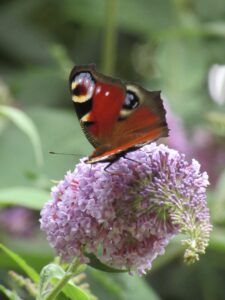
Peacock butterfly on buddleia
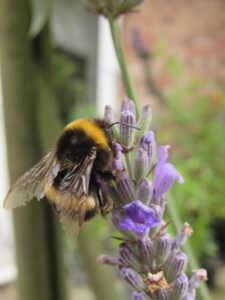
Bumble bee on lavender
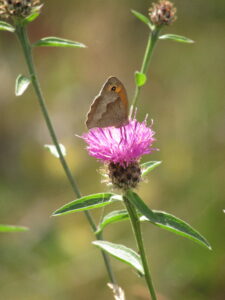
Meadow brown butterfly on knapweed
Autumn/winter:
Although most pollinating happens in summer, some species such as red admirals, bumblebees and ivy bees are still active in early to mid autumn. To make sure these species can still have access to food, late blooming plants such as stonecrop, ivy, and asters are crucial to include in the garden. In winter, queen bees will find somewhere to hibernate, and very few pollinators are around, however there are still ways to help. Providing shelter is the most important thing for pollinators during the winter months, this could include making bug hotels, log piles or just leaving piles of leaves and twigs around.
Spring:
Plants for early spring pollinators include snowdrops, crocuses and grape hyacinths. Spring is almost as busy as summer for these insects, especially bees, as this is the season where they produce the most honey.
Throughout the year:
Aside from planting different flowering plants, there are other ways to help our brilliant pollinating insects. One of the most important things is avoiding pesticides. Although this may seem obvious, pesticides can do more harm than just directly killing the insects in your garden. The spray can often be blown into rivers and streams, causing harm to aquatic plants and animals, or even triggering algal blooms. Another way to provide for, not just pollinators, but all wildlife in the garden, is to avoid the first mow of your lawn until late June, and after that mow as normal. What can be even better is to let a section of your lawn grow into a meadow by planting meadow flowers and only mowing very occasionally. Insects will also need a constant supply of drinking water in all seasons; however, this is most important during the warmer months. Make sure to keep the water clean and shallow, with a few rocks and pebbles to create a sturdy platform for the insects to perch on. Lastly, all pollinators will need somewhere to lay their eggs. Most beetles prefer decaying wood and leaves, butterflies and hoverflies will lay their eggs on plants such as stinging nettles, brambles and dandelions. These are the pants that the larvae eat, so it is a good idea to have some of these around.
BIBLIOGRAPHY
- https://www.nhm.ac.uk/discover/insect-pollination.html
- https://www.parliament.uk/globalassets/documents/post/postpn348.pdf
- https://gardens.si.edu/gardens/pollinator-garden/why-what-when-where-who-how-pollination/#:~:text=Summer%3A%20Our%20gardens%20achieve%20their,time%20to%20forage%20for%20nectar.
- https://www.gardenersworld.com/how-to/grow-plants/plants-for-pollinators-in-summer-and-autumn/
- https://gardenerspath.com/plants/flowers/best-flowers-for-pollinators/
- https://www.gardenersworld.com/plants/make-your-garden-bee-friendly-in-autumn/
- https://www.rhs.org.uk/garden-inspiration/wildlife/top-12-plants-for-autumn-pollinators
- https://www.kent.gov.uk/environment-waste-and-planning/nature-and-biodiversity/pollinators/how-you-can-help-pollinators#:~:text=Over%20the%20winter%2C%20places%20to,these%20insects%20in%20the%20winter.
- https://www.daviddomoney.com/10-best-early-spring-flowers-pollinating-insects/
- https://oceanservice.noaa.gov/education/tutorial_pollution/012chemicals.html#:~:text=Pesticides%20can%20also%20enter%20a,kill%20other%20organisms%20as%20well.
- https://www.nps.gov/orgs/1632/upload/Harmful-Algal-Blooms.pdf
- https://ottersandbutterflies.co.uk/pages/butterfly-conservation#:~:text=These%20can%20be%20nettles%2C%20bramble,will%20become%20food%20for%20birds.

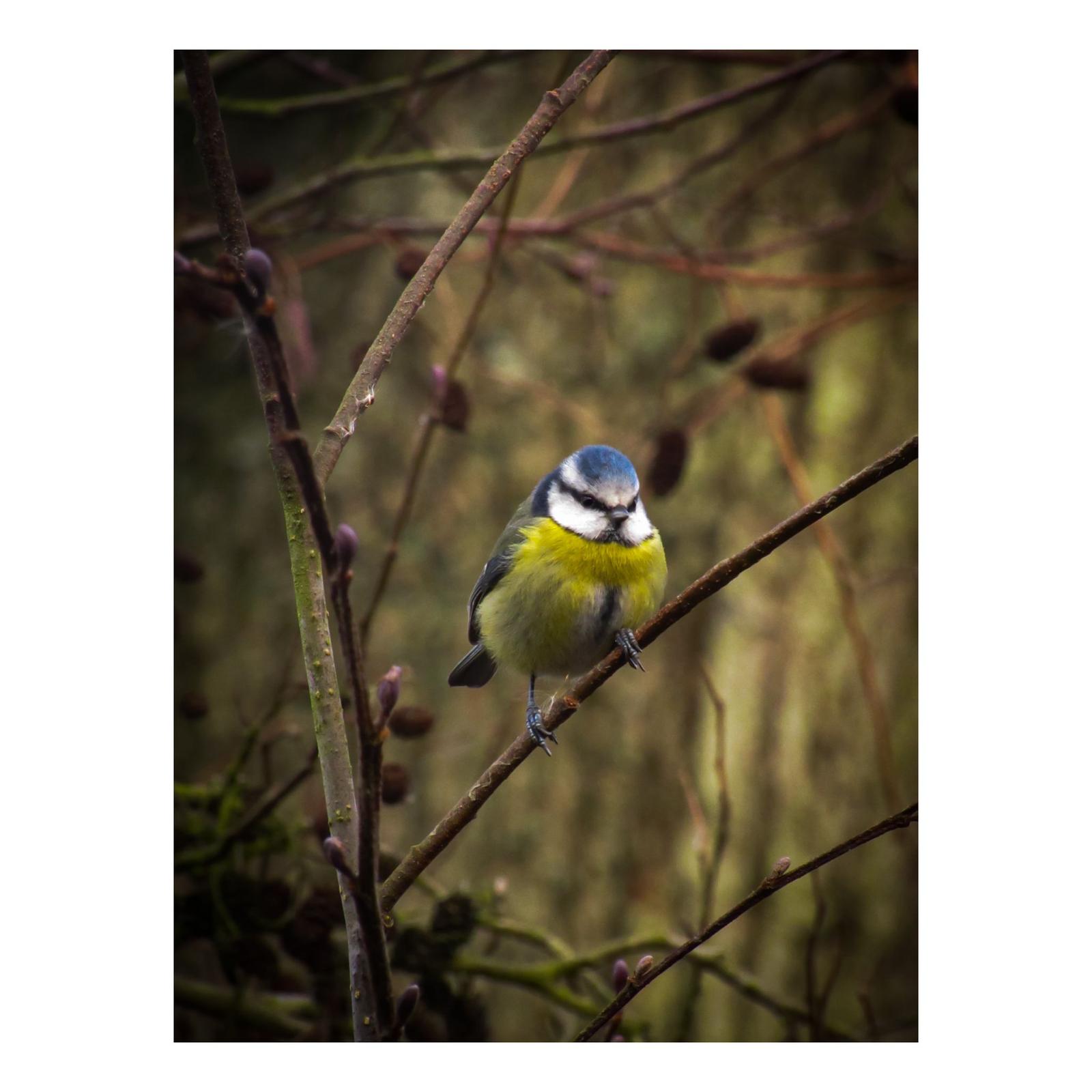

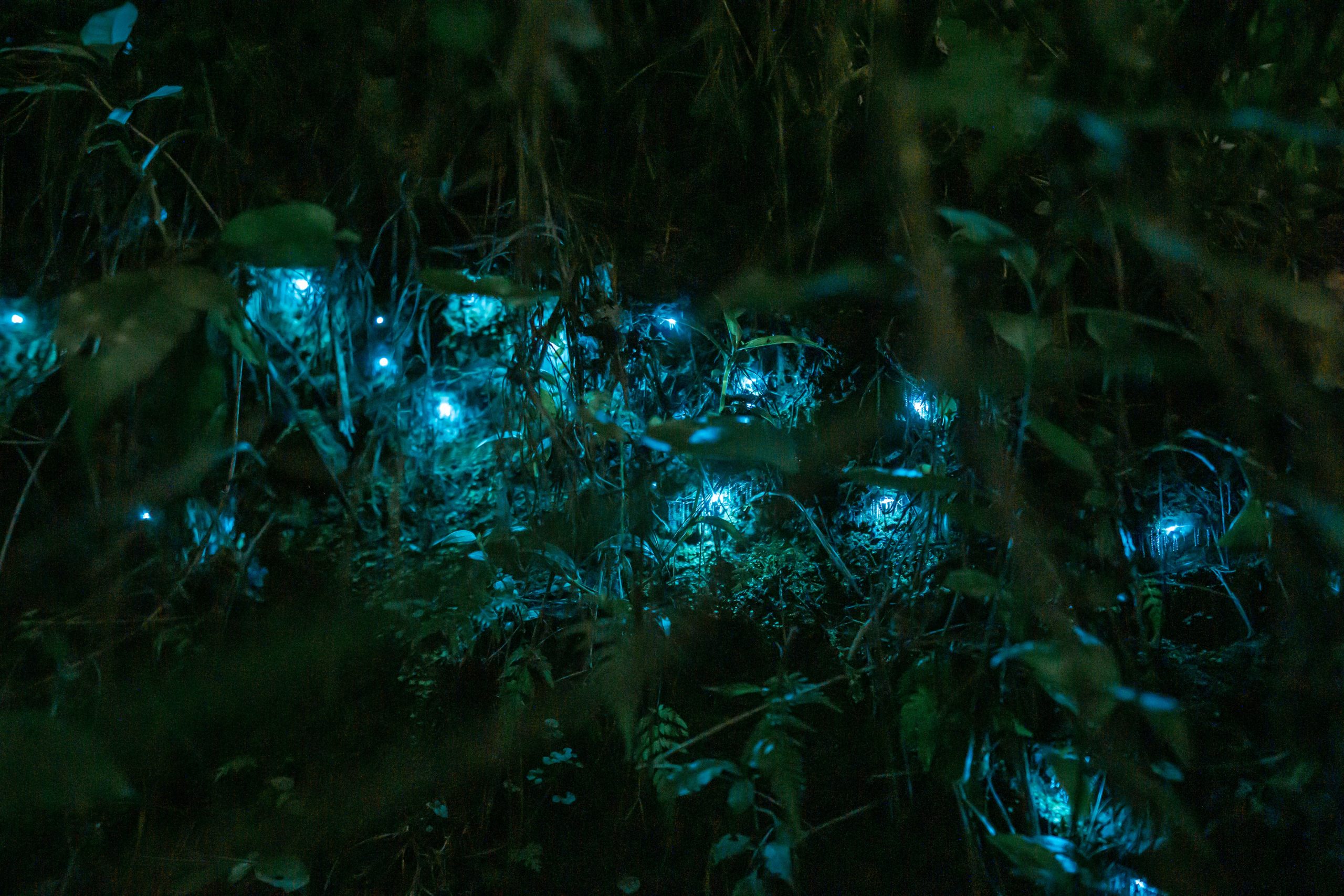
0 Comments